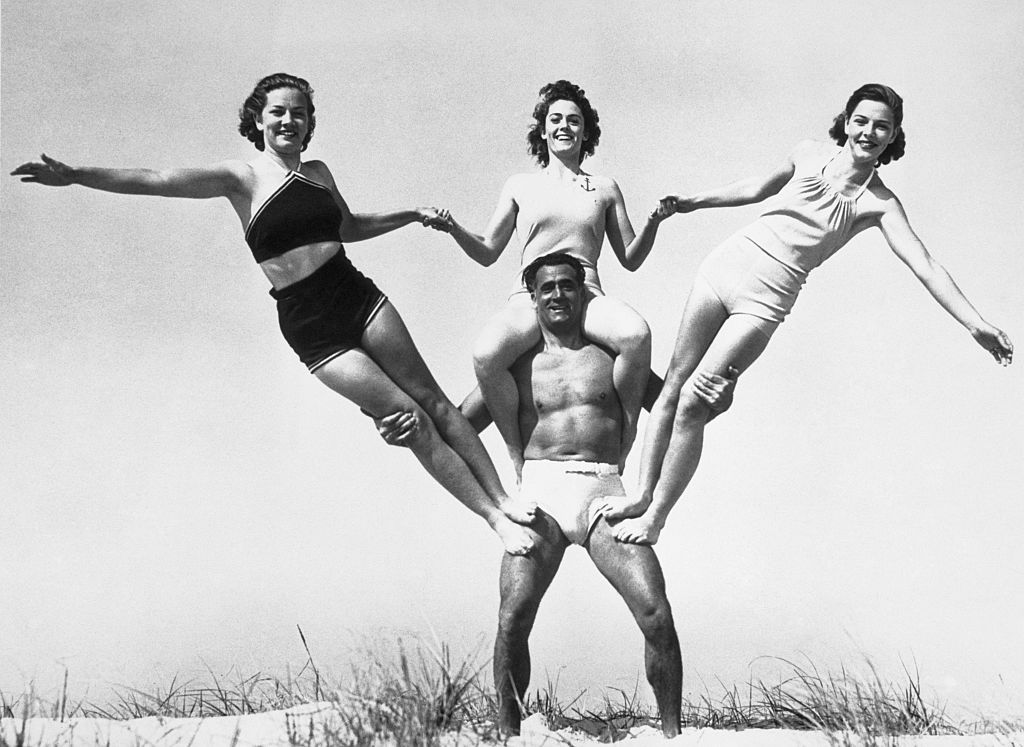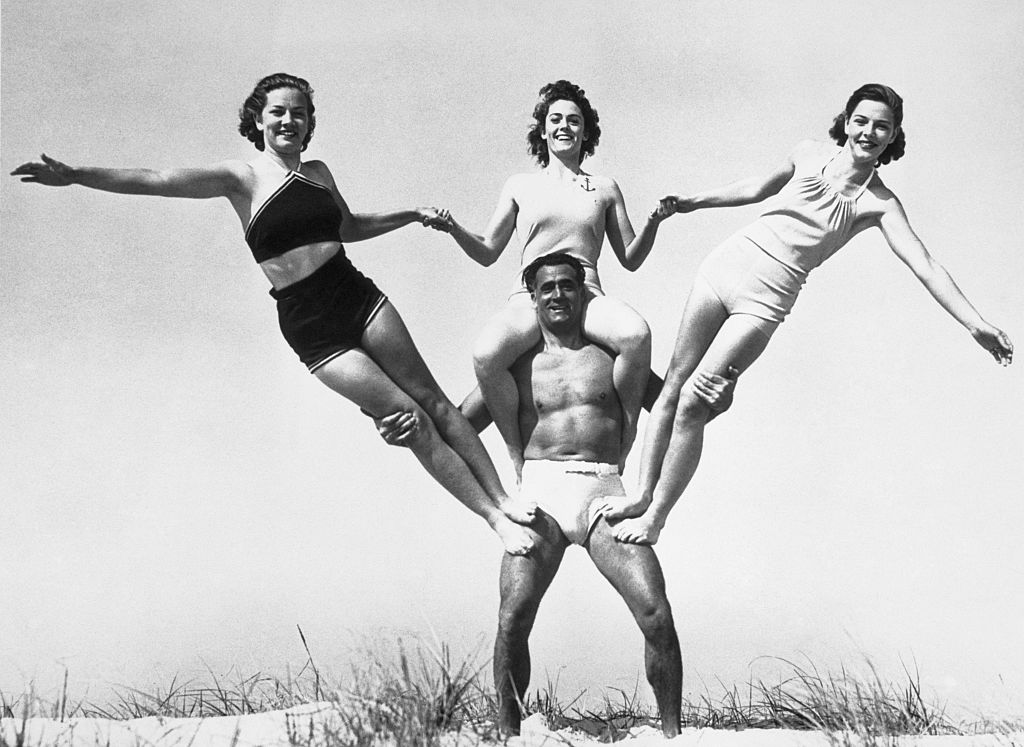
Comic book readers from years past may remember the poor “98-pound weakling” (originally the “97-pound weakling”), who had a rough go of it for a while, getting sand kicked in his face and being mocked for his small frame. His girlfriend even left him for the bully.
The weakling wasn’t a character in the comics, but rather a regular feature in an ad for Charles Atlas fitness training, a program which would make him a “man” by giving him big muscles. The skinny sap ended up with a happy ending, though, as he used the Atlas system and became a muscle-bound hero in no time.
Old-fashioned stereotypes aside, and with due respect to those who don’t aspire to the bodybuilder physique, the reality is that weight lifting may actually be something worth doing as you get older. The goal is not to achieve the perfect Atlas look — rather, a growing body of evidence suggests that weight training has a whole host of benefits that can help with healthy aging. So, is it time for you to start pumping iron?
Sign up for Kiplinger’s Free E-Newsletters
Profit and prosper with the best of expert advice on investing, taxes, retirement, personal finance and more – straight to your e-mail.
Profit and prosper with the best of expert advice – straight to your e-mail.
Weight lifting can make a notable difference in health and longevity
While weight training may not seem like the ideal workout for someone 50 or over, the reality is that there are ample positive effects of lifting that simply don’t come with other workouts like cardio.
The most obvious effect, of course, is that weight training helps fight off age-related muscle loss. Muscle mass starts to fade at the relatively young age of 30, with most people losing 3% to 5% of their muscle mass per decade, according to Prevention. Starting at 60, the decline accelerates, with most people losing up to 30% of muscle mass by 75.
Weight lifting can slow this progression, sometimes stop it altogether, and even reverse it.
“When you do resistance or strength training, very important chains of molecules that relay signals between cells are affected, and these changes linger in the body for hours after exercise, building up a cumulative, positive effect, according to Roger A. Fielding, Ph.D., associate director, Jean Mayer USDA Human Nutrition Research Center on Aging, Tufts University.
Weight lifting can also reduce age-related loss of bone mass, as muscle contractions that strain bones can help promote new bone formation. Not only can this prevent bone fractures, but it can also halt the progression of osteoporosis or prevent its development altogether. Stimulating osteoblastic activity can be especially beneficial in post-menopausal women.
Balance and coordination improve as well with lifting, even in those who have suffered previous falls, and Prevention reports that lifting weights can improve metabolic health, so your body can better control your blood sugar and reduce the risk of diabetes.
As if all that wasn’t enough, weight training can also help to stave off or slow down cognitive decline, including in those individuals already diagnosed with mild impairments, and the World Health Organization recommends resistance training as an ideal exercise for the elderly.
How to start weight lifting
If reading all this has inspired you to start lifting, there’s some bad news. It appears you can no longer send away for the Charles Atlas fitness training program. However, this doesn’t mean you’re doomed to the 98-pound-weakling life!
The Mayo Clinic recommends starting with machines or bands, adding in free weights slowly over time, and continually pushing yourself to move to heavier weights. Mayo Clinic also has a series of how-to videos, while Harvard Health has a strength training guide for those over 50 as well.
Of course, you should talk to your doctor before jumping into a new routine if you have any health concerns. If you have Medicare, you may also qualify for a free gym membership through Silver Sneakers, and you may be able to find help there in developing a weight-lifting routine that works for you.
If the weakling in the comics could build big muscles, you can too — and doing so may be just the ticket to living a long, healthy life.


